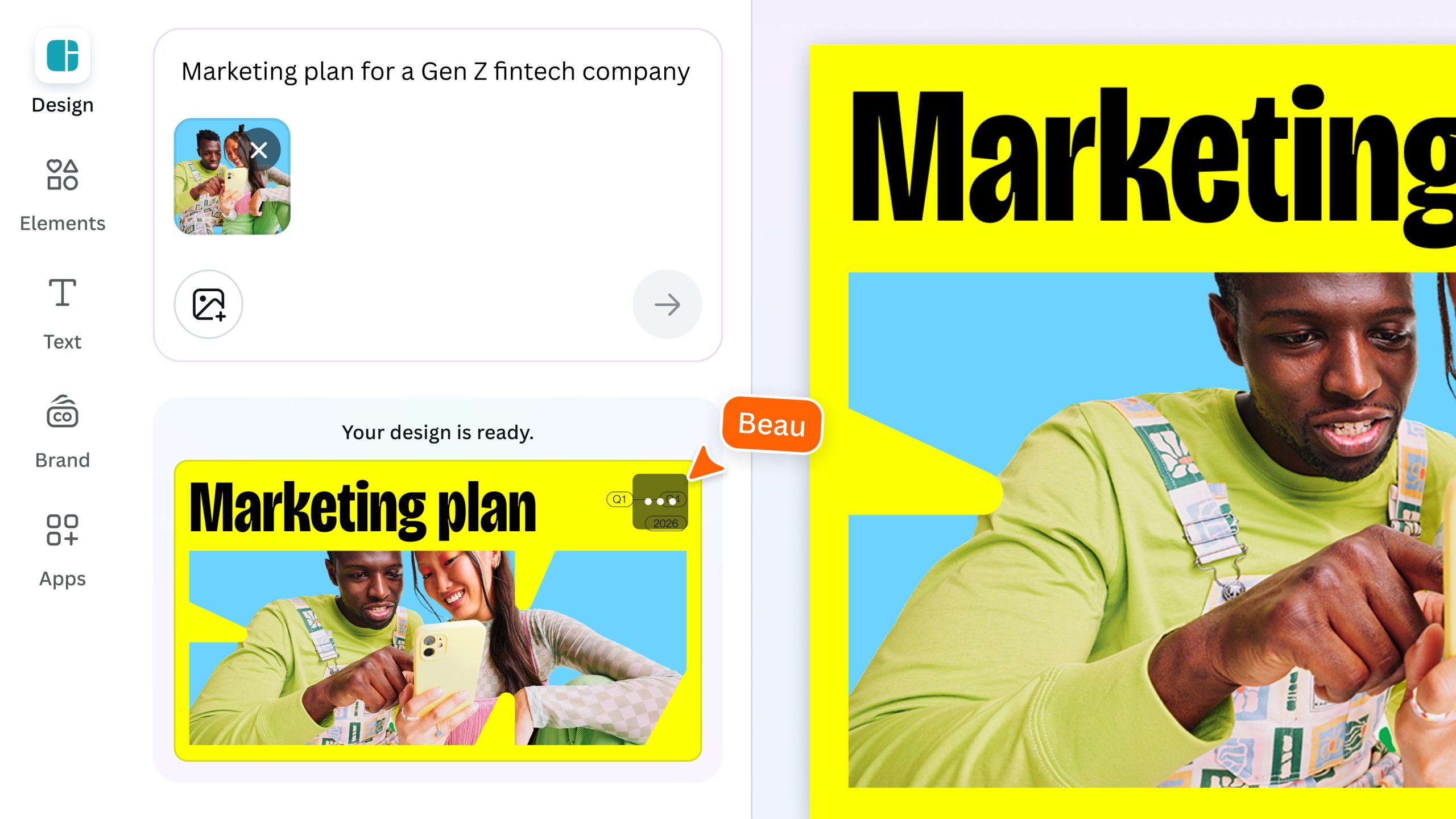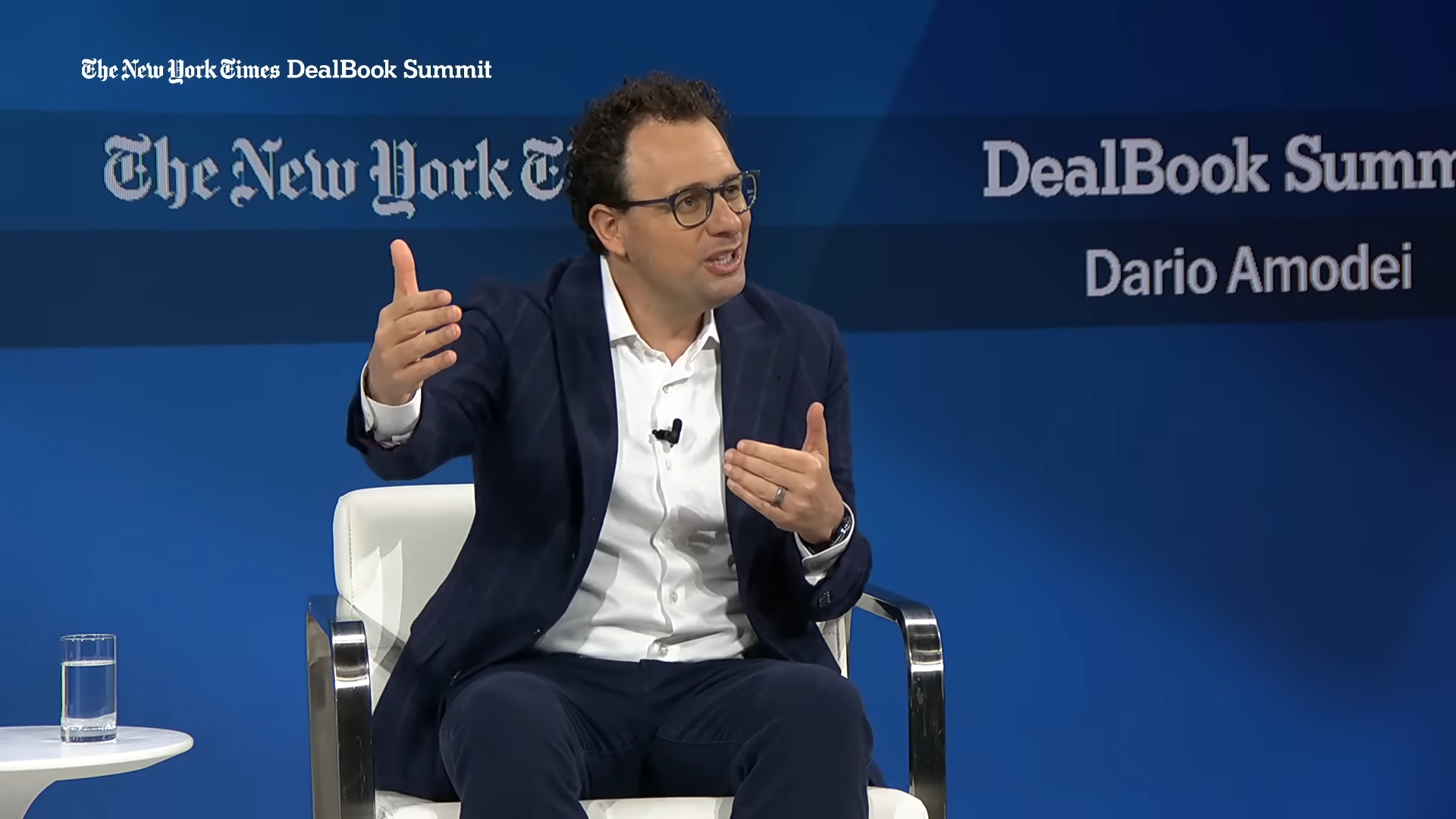
Canva, the global leader in visual communication, has significantly advanced its platform by launching its own foundational design model, engineered to generate complex, editable multi-layered designs rather than static images. This strategic move, announced recently, underscores the company’s commitment to democratizing design through artificial intelligence, complemented by a suite of new AI-powered functionalities, enhanced product integrations, and a robust marketing solution. The introduction of this proprietary model, trained extensively on Canva’s vast library of design elements, positions the platform at the forefront of AI-driven creativity, allowing users to move beyond simple prompt-to-image generation towards genuinely interactive and customizable outputs.
The Evolution of Design Democratization
Since its inception in 2013, Canva has carved out a unique niche by making sophisticated graphic design accessible to everyone, regardless of their professional design background. Founded by Melanie Perkins, Cliff Obrecht, and Cameron Adams in Sydney, Australia, Canva’s core mission was to simplify the complex tools traditionally associated with design, offering an intuitive drag-and-drop interface and a vast library of templates and assets. This approach quickly resonated with millions of small business owners, marketers, educators, students, and everyday users who needed professional-looking visuals without the steep learning curve of traditional software like Adobe Creative Suite. The company’s rapid ascent transformed it into one of the world’s most valuable private technology companies, boasting hundreds of millions of users worldwide. The recent advancements, particularly in AI, represent a natural progression of this founding vision, aiming to further lower the barrier to high-quality visual creation.
A New Era of AI-Powered Design Generation
At the heart of Canva’s latest rollout is its proprietary foundational design model. Unlike earlier diffusion models that typically produced flattened, uneditable images, Canva’s model understands and generates designs with distinct layers, objects, and editable formats. This means a user can prompt the AI to create a social media post, a presentation slide, a whiteboard layout, or even a website mockup, and receive a fully editable design where individual elements—text, images, shapes, backgrounds—can be manipulated, rearranged, and fine-tuned. Robert Kawalsky, Canva’s global head of product, emphasized this crucial distinction, stating that while prior AI tools allowed for sophisticated editing through prompting, they often left users wanting more direct control. "What we’ve found is that where people want to be is the ability to really marry this idea of starting with a prompt and getting far, but also being able to iterate directly themselves," Kawalsky explained. This blend of AI-driven initial generation with human-centric iterative refinement marks a significant leap in creative workflow efficiency.
The model’s versatility extends across a multitude of formats, making it a powerful tool for diverse applications. Whether a small business needs a cohesive set of branding materials, an educator requires engaging visual aids, or a marketer seeks to rapidly prototype campaign assets, the ability to generate editable, multi-layered designs directly within the platform streamlines the entire creative process. This internal development signifies Canva’s strategic intent to maintain tight control over its AI capabilities, allowing for tailored training on its immense dataset of visual elements, ensuring outputs are relevant, high-quality, and align with the platform’s aesthetic and functional standards.
Expanding the AI Assistant’s Reach
Complementing its foundational model, Canva has also significantly enhanced its AI assistant, "Canva AI," which debuted earlier this year with a chat-like interface. This intelligent assistant is now pervasive across the platform, integrating seamlessly into design and elements tabs. Users can interact with Canva AI not just for initial content generation but also for real-time suggestions and refinements during the design process. For collaborative projects, the assistant can be mentioned in comments, prompting it to generate text or media suggestions, fostering a more dynamic and interactive team environment.
The expanded capabilities of Canva AI are impressive, extending to the generation of 3D objects and the ability to replicate or adapt the art style of an existing design. This feature allows users to maintain brand consistency effortlessly or experiment with new visual aesthetics without manual recreation. The integration of 3D object generation opens new avenues for product mockups, interactive presentations, and immersive digital experiences, catering to an increasingly diverse range of design needs. These AI enhancements collectively aim to reduce the time spent on repetitive tasks, allowing users to focus more on creative strategy and concept development.
Integrated Solutions: From Data to Marketing Campaigns
Canva’s ambition extends beyond individual design elements, aiming to create a cohesive ecosystem for content creation and distribution. Earlier this year, the company introduced a spreadsheet product and a feature allowing users to create mini-applications via prompts. These tools are now synergistically linked, enabling users to leverage data stored in spreadsheets to generate dynamic widgets. This integration empowers users to visualize data, create interactive dashboards, or even automate personalized content based on underlying data sets, further bridging the gap between data analytics and visual communication.
A particularly significant development is the launch of Canva Grow, a full-stack marketing platform born from the acquisition of the ad analytics company MagicBrief. This new offering combines Canva’s robust creation tools with advanced analytics, allowing marketers to not only design compelling ad creatives but also to measure their performance and publish them directly to platforms like Meta. This end-to-end solution positions Canva as a formidable player in the digital marketing landscape, offering a unified platform for asset creation, performance tracking, and campaign deployment. For small to medium-sized businesses and in-house marketing teams, Canva Grow promises a streamlined workflow, eliminating the need to juggle multiple disparate tools for different stages of a marketing campaign.
Expanding Product Horizons and Professional Tool Integration
Beyond AI, Canva is diversifying its core product offerings. The introduction of forms creation allows users to design customized input forms for clients or audiences, serving as an intuitive alternative to generic form builders. Similarly, new email design capabilities empower users to craft aesthetically consistent templates and layouts for marketing communications or package tracking notifications, ensuring brand cohesion across all touchpoints. These additions demonstrate Canva’s continuous effort to expand its utility across various business and communication needs.
Perhaps one of the most impactful announcements is the evolution of Canva’s professional design suite following its acquisition of Affinity last year. Affinity, a powerful suite of professional creative applications encompassing photo editing, vector graphic design, and desktop publishing, was acquired to bolster Canva’s capabilities and directly challenge Adobe’s dominance in the professional design market. In a significant move, Canva has announced that Affinity will now be available free forever for users. This dramatic shift not only makes high-end professional tools accessible to a broader audience but also intensifies competition with established players.
Furthermore, Canva is undertaking a redesign of the Affinity interface to seamlessly merge vector, pixel, and layout understanding within a single, unified environment. This integration aims to create a fluid workflow, allowing designers to create intricate objects in Affinity and effortlessly transfer them into Canva for broader application or collaboration. Crucially, Canva AI will also be integrated within Affinity, enabling professional designers to leverage AI-powered image and design generation within their high-fidelity creative workflows. This strategic integration serves to bridge the gap between Canva’s user-friendly platform and Affinity’s professional-grade tools, creating a comprehensive ecosystem that caters to both amateur and expert designers.
Market Impact and Future Outlook
Canva’s latest announcements signal a clear intent to dominate the visual communication market, from casual users to seasoned professionals. By developing its own foundational AI model, Canva gains a distinct competitive advantage, offering deeply integrated and highly customizable AI experiences that generic third-party models might not match. This move positions Canva not just as a design tool but as a comprehensive creative and marketing platform.
The impact on the market is multifaceted. For individual creators and small businesses, the enhanced AI capabilities and integrated marketing tools mean greater efficiency and higher quality output without the need for extensive training or expensive software. For professional designers, the free availability and deep integration of Affinity, coupled with AI assistance, could redefine their workflows and creative possibilities. The competitive landscape, particularly with Adobe, is heating up, as Canva continues to expand its feature set and appeal to an ever-wider user base.
As AI continues to evolve, the distinction between "AI-generated" and "human-edited" content will blur. Canva’s strategy of marrying AI generation with direct user iteration speaks to a future where artificial intelligence acts as a co-creator, accelerating the design process while preserving human artistic control and unique vision. The ongoing evolution of Canva exemplifies the transformative power of AI in democratizing creativity and reshaping the visual communication industry.





